![]()
Have you ever tried feedback analysis?
Feedback analysis is the process of setting up objectives for yourself and reviewing how you performed.
It is the best way to get out of your comfort zone, but still being in control. It’s also a great way to set small personal growth goals and reach them.
“If you cannot measure it, you won’t be able to manage it.”
— Business saying often attributed to Peter Drucker
In this article, we’ll explore how you can do your own feedback analysis.
Step 1: Adopt the right mindset
The first thing you need to do your own feedback analysis is to adopt the right mindset.
Feedback analysis is about working on yourself and your skills to grow personally.
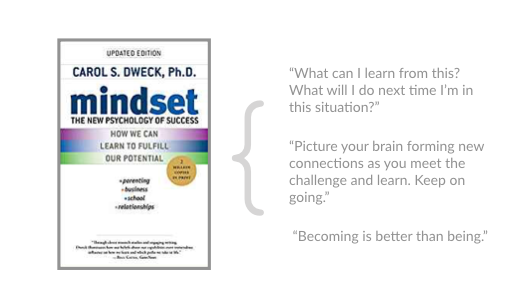
So you need to be in what Carol Dweck—author of the book Mindset—calls the “growth mindset”. In her own words, you need to believe that:
“Becoming is better than being.”
Let me define the growth mindset as opposed to the “fixed mindset”.
What is:
In a Fixed Mindset, you believe your basic qualities—e.g. personality, intelligence, or talent—are fixed traits. These cannot change over time.
Two outcomes:
- You spend your time trying to prove that you’re intelligent instead of working getting better.
- You recognise that you’re not as talented as you wish you were, and you just give up instead of developing yourself.
This is obviously limiting your abilities to progress.
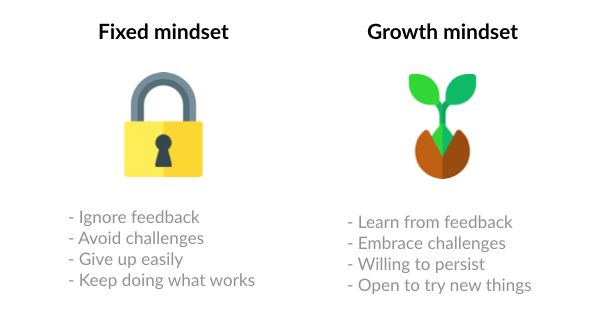
In a Growth Mindset, you believe that your basic abilities can be developed through dedicated hard work.
Here, intelligence and talent are just a starting point.
You’re fueled with curiosity and are eager of learning. It triggers a love of putting in situations where you have the opportunity to progress.
It makes people more resilient and more willing to put efforts into their projects.
This is essential for feedback analysis.
Step 2: Identify what you should work on
The second essential element of feedback analysis is to identify what you should be working on.
This requires a high level of self-awareness.

There are several exercises that can help you.
1. Journaling
What it is:
Journaling is the process of landing your thoughts on paper on a regular basis.
It allows you to clarify your thinking, relax, and have a record of how you’ve been feeling over time.
How it works:
On a regular basis (every day or every week), sit down and write for 5 to 15 minutes in your journal.

You can address topic such as how you’ve been feeling today, your goals, your frustrations, happy moments, achievements, or what you’re grateful for.
2. Life Review Diagram
What it is:
The Life Review Diagram helps you visualise approximately how you feel about key aspects of your life.
It allows you to spot the areas that may create dissatisfaction, which are those where you should put more effort to feel happier about your life in general.
How it works:
1. Label each axis of the diagram with the most important areas of your life. In general, I’ve seen people choose labels such as: Health, Friends, Career, Finances, Learning, and Family.
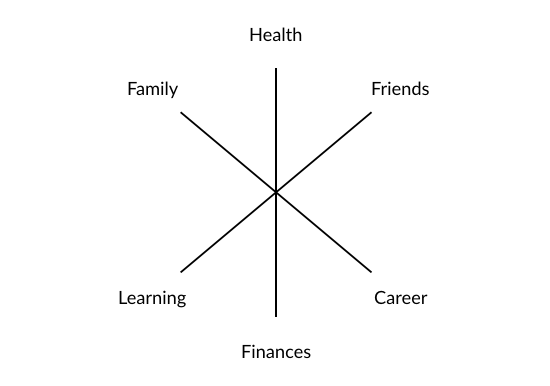
2. Rank your level of satisfaction for each area (taking the centre as 0 and the outer edge as 10). You must end up with a spider web visual.
3. Identify those areas where you can improve your score. (It’s not scientific but it does help you reflect on multiple dimensions of your life). You can’t expect scoring 10 for everything all the time. There’s always something that can be done better in contrast to other areas of our lives.
3. Feedback from people who know you
Another good idea is to get feedback.
You can ask the people who know you well (team members, family, friends, partner) to share some feedback or advice.
For more info, read this guide on how to give constructive feedback.
Here’s a small caveat:
Using self-awareness or individual feedback to generate ideas can be a bit reactive. You’re more likely to end up working on improving weaknesses (which can be useful to some degree) than getting to pick up new skills or new areas of development.
You may need more inspiration.
4. Reading non-fiction books to fuel your feedback analysis with ideas
Books about personal growth are a great source of inspiration.
They’re full of ideas.
Actually, feedback analysis is a GREAT tool to turn what you’ve read into action.

The main issue with reading personal books is that it’s more of an aspirational activity than a proactive one. It’s frequent to see readers node at what they’re reading but not taking any actions.
Feedback analysis is a solution to implement that into your life.
It’s actually the best way to read a business book. I like how Seth Godin puts it:
“Decide, before you start, that you’re going to change three things about what you do all day at work. Then, as you’re reading, find the three things and do it. The goal of the reading, then, isn’t to persuade you to change, it’s to help you choose what to change.”
Want to explore more?
Here’s a great list of business books.

What you realise often is that the things you find interesting in the books are related to areas where you aspire to become better. They help you identify issues/weaknesses that you weren’t fully aware you had.
Step 3: Capture your feedback analysis
Now that you have ideas of things you want to work on, you need a structure to make sure you follow through.
Template:
I call this the Feedback Analysis Template.
It’s simple.
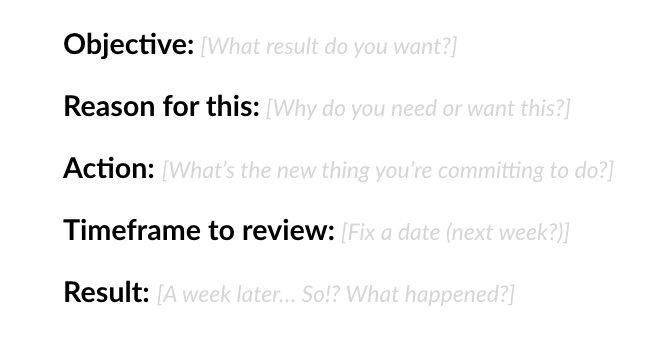
For this, you need:
An objective = what result you want
A reason for this = why you need or want this (how useful will it be for you)
An action = what you’re committing to do
A time frame to review = usually a week but it could be a month
A result = what happened
Example: Doing deep work
As I write these words, I am actually running an experiment based on feedback analysis.
The context for the problem: After hearing about Deep Work by Cal Newport, I realised that I wasn’t good at getting in the flow, i.e. doing deep work (more about it here).
An objective = Get better at getting in the flow of working (and working more on deep meaningful elements of my projects)
A reason for this = Want to achieve more meaningful things (making cool stuff happen)
An action = Schedule deep work time (literally booked in my calendar) and create the right environment to avoid distraction
A time frame to review = next week
A result = what happened
So here I am working in a coffee shop in London on a standing desk, where I am away from distraction and fully focusing on doing “an hour of power”, i.e. one full-on hour of deep work.
This experiment was a huge help to write The Value Mix.
Without proactively avoiding distractions, I would never have been able to publish a book.
Step 4: Monitor your results and progress
There are several ways you can monitor your feedback analysis.
1. Write in a notebook
I like to use a notebook, the same notebook where I journal regularly. At the end of a journaling session, I would land some elements I want to work on and turn that into a feedback analysis experiment.
Pros:
- You get a clear focus when you think about the things you want to do
- There’s no digital distraction (it’s a pure moment of reflection)
- It’s easy to sketch ideas
- You can bundle it with your journaling session so you can review previous sessions
- There’s no need for an internet connection so you can do that from anywhere
Cons:
- You need to keep it somewhere safe
- You can lose your notebook
- You cannot access it from anywhere, you need to travel with it if you’re used to moving around
- There’s no physical presence to remind you that you’re working on something (though you can also land your feedback analysis on paper when you’re experimenting with one thing)

2. Use a Trello board
It’s also possible to track your feedback analysis flow on Trello.
You can download the template here.
Pros:
- You get a clear overview of all the things you’ve achieved
- You can access it from anywhere
- It’s easy to keep it safe
Cons:
- It’s digital = open to distraction
- There’s no physical presence to remind you that you’re working on something (though you can also land your feedback analysis on paper when you’re experimenting with one thing)
- It can be hacked
If you’re interested in the topic, I recommend you three books:
– HBR’s 10 Must Reads on Managing Yourself
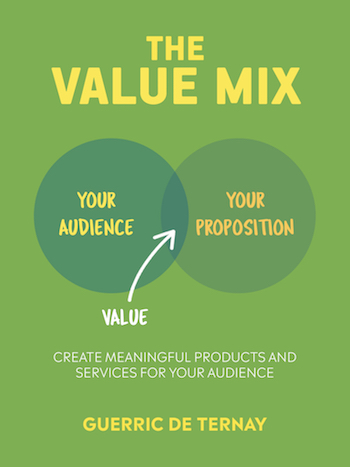
Comments are closed.